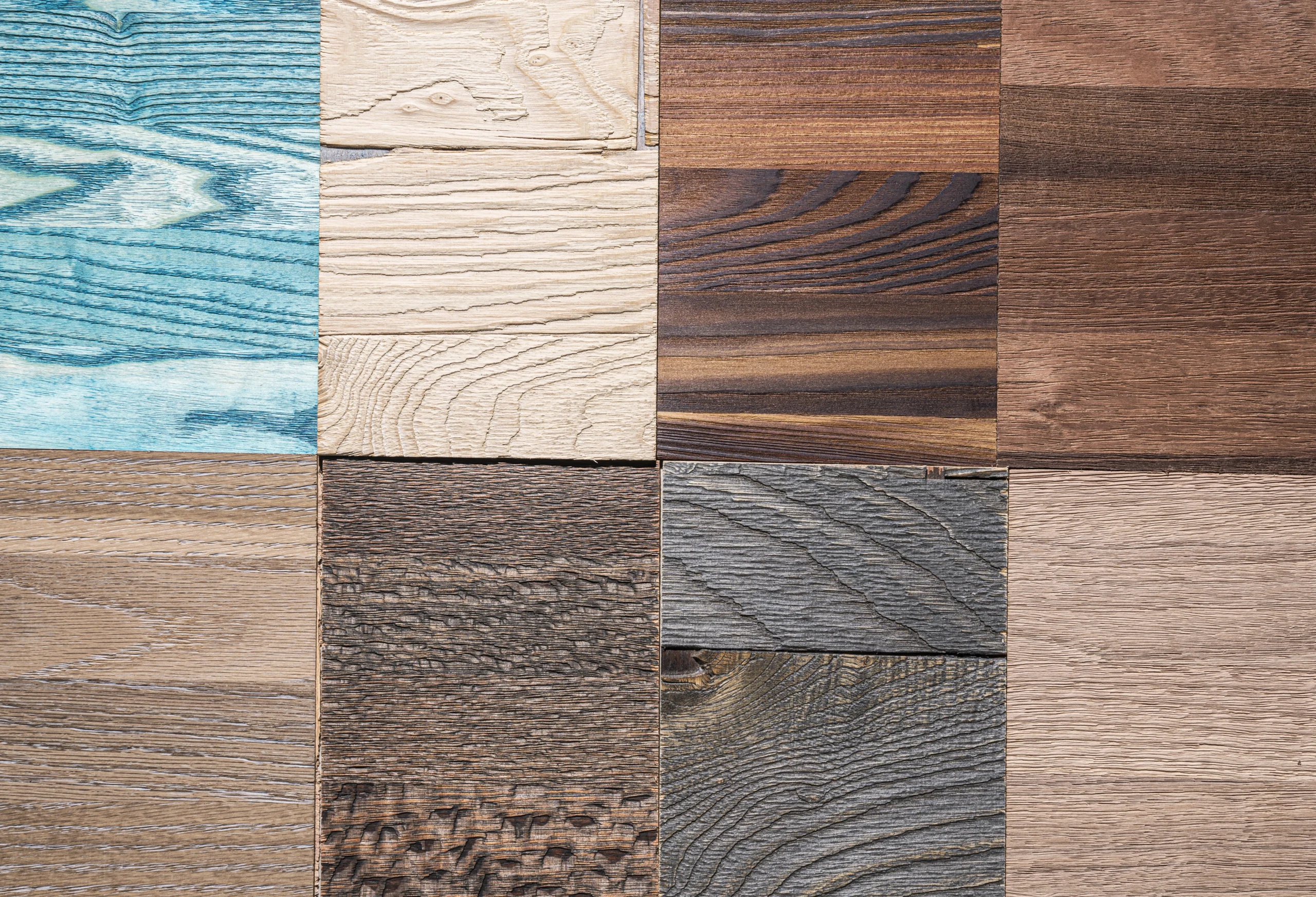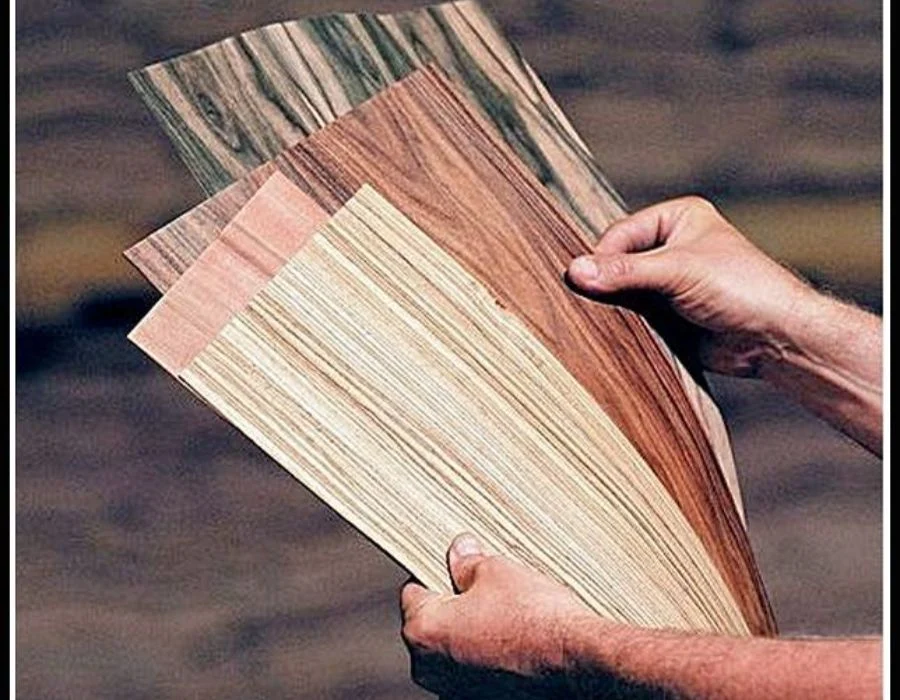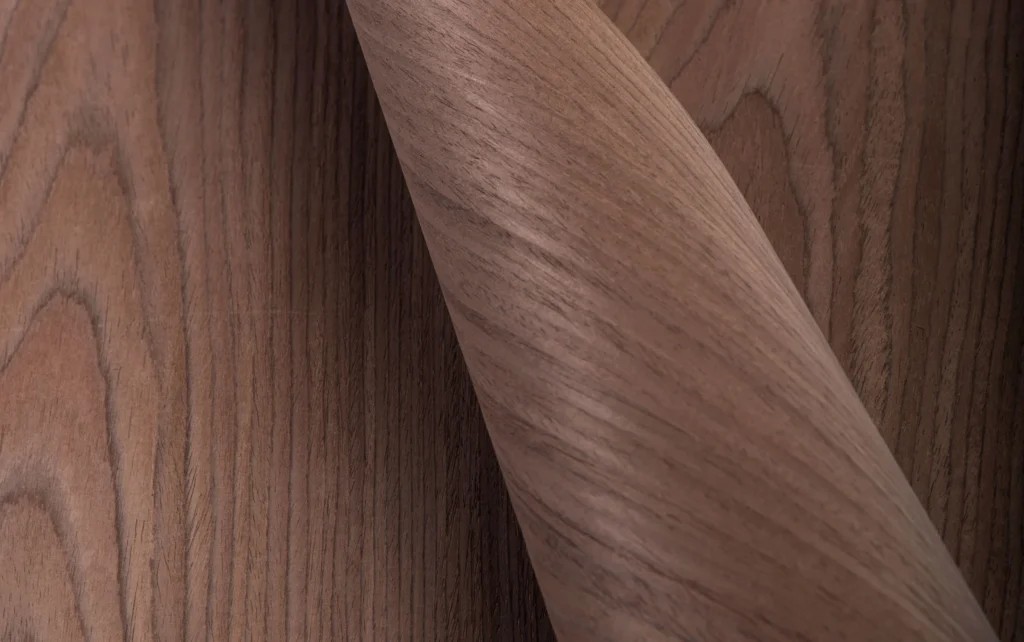Innovative Applications of Veneer in Contemporary Architecture

Wood veneers have long been celebrated for their ability to add warmth, depth, and sophistication to interiors. Today, as contemporary architecture embraces sustainability and timeless aesthetics, veneers are being explored in innovative ways that go far beyond traditional paneling. From minimalistic luxury homes to high-end commercial spaces, architects and designers are leveraging the versatility of veneers to create striking balance of nature with modernity.
Why Veneer is Becoming a Contemporary Favorite
Unlike solid wood, veneers are more sustainable, lightweight, and flexible in design. They provide the natural beauty of wood while ensuring uniformity, durability, and cost-efficiency. In contemporary architecture, where design philosophies often merge technology with organic materials, veneers seamlessly fit into both functional and aesthetic requirements.
Key benefits of veneer in architecture:
Sustainable alternative to solid wood
Uniform textures and finishes
Wide range of colors, grains, and patterns
Easy to maintain and apply across different surfaces

Innovative Applications of Veneer
1. Feature Walls and Panels
Veneers are redefining statement walls in luxury residences, offices, and retail spaces. By combining natural grain patterns with geometric cuts, designers are creating visual centerpieces that bring warmth and character without overwhelming the space.
2. Furniture and Bespoke Elements
From sleek dining tables to modular office systems, veneers allow designers to craft bespoke furniture that mirrors contemporary tastes. Custom staining, texturing, and fluting enhance their ability to adapt to any design language.
3. Ceiling Applications
Modern interiors are moving beyond painted ceilings to explore veneers for overhead treatments. A veneered ceiling introduces warmth, continuity, and a sense of natural depth, particularly in large spaces where acoustics and aesthetics both matter.
4. Curved and Fluted Surfaces
Thanks to technological advancements, flexible veneers with fleece backing are now used for curved panels, columns, and fluted designs. This opens new creative avenues for fluid, organic shapes in contemporary architecture.
5. Retail and Hospitality Design
Boutiques, cafes, and hotels are increasingly opting for veneers to create immersive, luxurious experiences. Whether used as backdrops, shelving finishes, or reception counters, veneers elevate the design while keeping it timeless.
6. Exterior Applications
Specially treated veneers are now being used in façade claddings and exterior elements, marrying durability with the warmth of wood. This is particularly impactful in contemporary homes and resort architecture where indoor-outdoor harmony is key.
Veneer as the Future of Modern Design
As architects push boundaries and clients demand both luxury and sustainability, veneers are no longer secondary materials—they are at the forefront of design innovation. With endless options in grain, texture, and finish, veneers help designers strike the perfect balance between functionality, creativity, and environmental consciousness.

Conclusion
The innovative applications of veneer in contemporary architecture prove that it is not just a decorative element but a versatile design tool. Whether it’s shaping bold façades, enhancing interiors with texture, or enabling fluid curves in furniture, veneers are shaping the future of design.
At Venzo Woods, we curate premium veneers sourced globally and crafted with precision to match every architectural vision. From timeless classics to trend-forward textures, our veneers help architects and designers bring ideas to life.
